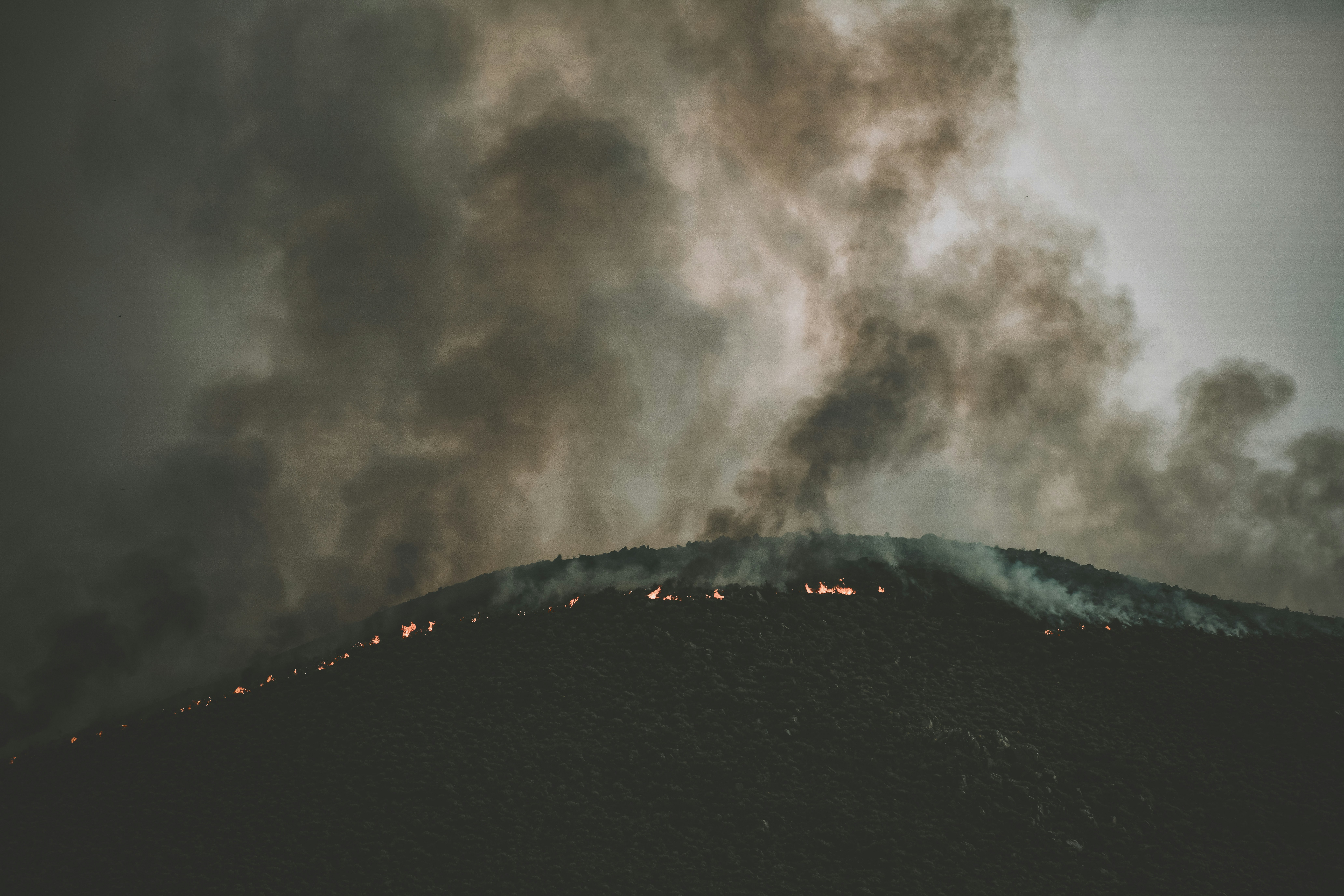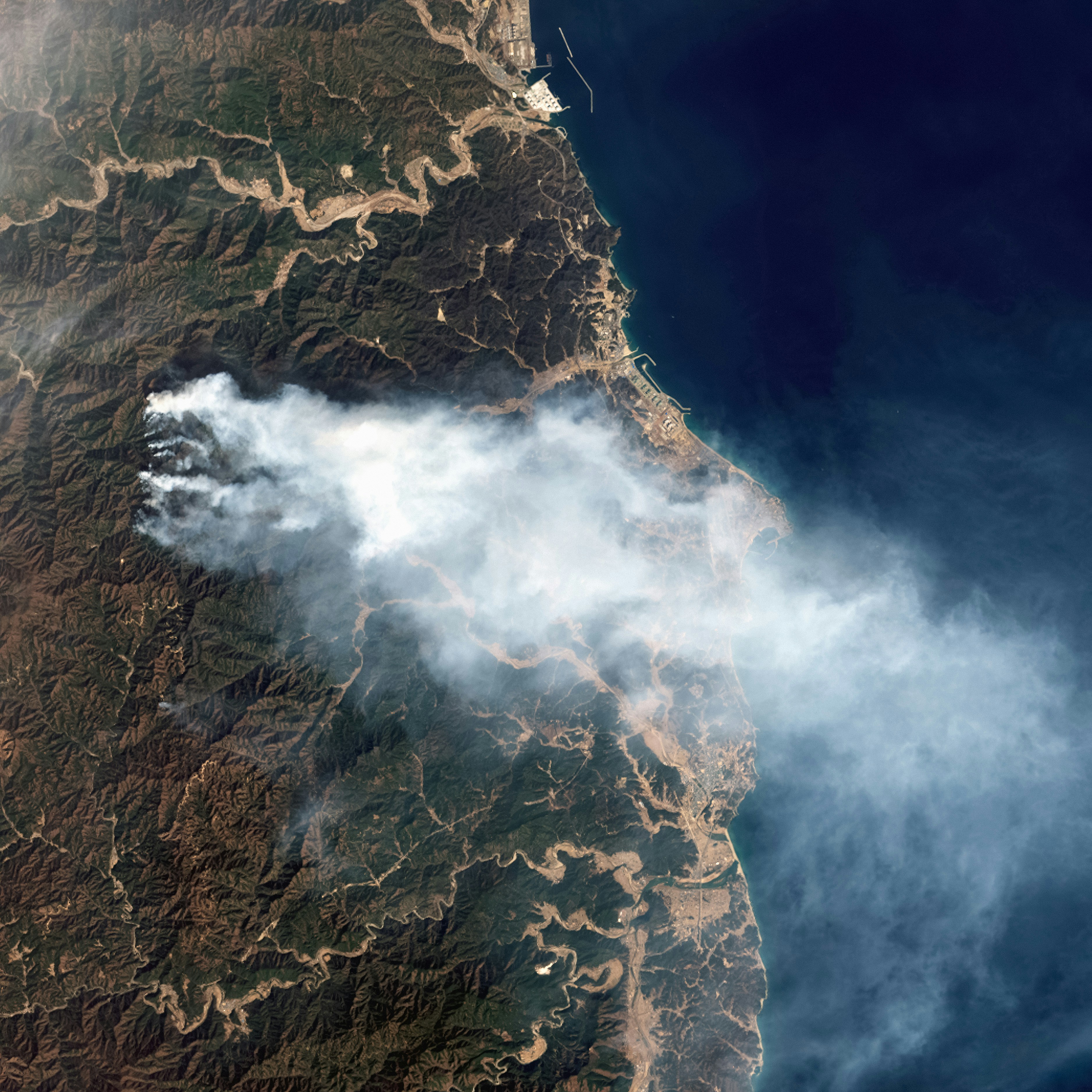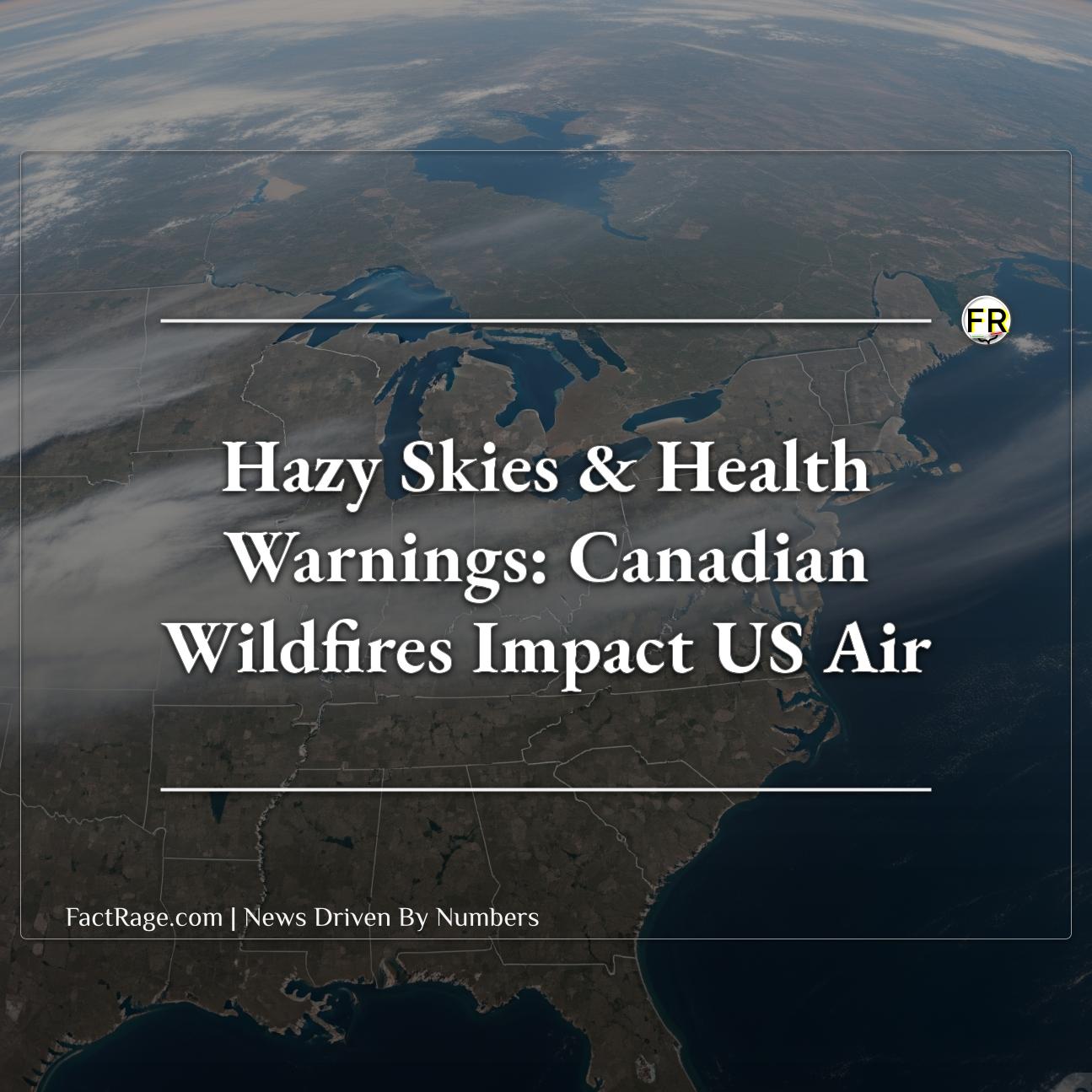NATIONWIDE – Smoke from ongoing Canadian wildfires is significantly degrading air quality across large swaths of the United States, prompting health advisories and urging residents to take precautions. The widespread smoke is particularly affecting the Upper Midwest, where air quality has reached “unhealthy” and “very unhealthy” levels in several areas.
Key Facts:
- Widespread Impact: Wildfire smoke from Canada is causing deteriorating air quality across multiple U.S. states, primarily affecting the Upper Midwest and extending south and east.
- Health Concerns: The microscopic particulate matter in wildfire smoke poses immediate health risks, particularly for sensitive groups, and can lead to respiratory and cardiovascular issues.
- Ongoing Threat: With hundreds of active fires burning in Canada, meteorologists anticipate continued episodes of poor air quality in the U.S. in the coming days and weeks.
Canadian wildfires are once again a significant factor in U.S. air quality, as prevailing winds carry plumes of smoke south of the border. This phenomenon, which caused widespread impacts in 2023, is again leading to hazy skies and health concerns across the nation.
Midwest Bears the Brunt

The Upper Midwest is currently experiencing the most severe impacts of the Canadian wildfire smoke. States such as Minnesota, Iowa, Wisconsin, and Michigan’s Upper Peninsula are under air quality alerts, with some areas reporting Air Quality Index (AQI) readings in the “unhealthy” to “very unhealthy” categories. For instance, Minneapolis and parts of Michigan’s Upper Peninsula have seen AQI values well over 200, and some locations even temporarily reaching the “hazardous” maroon level, indicating emergency conditions where everyone is at risk of health effects.
What exactly does an “unhealthy” or “very unhealthy” AQI mean for residents? The Air Quality Index, developed by the U.S. Environmental Protection Agency (EPA), measures air pollution and its associated health risks. An AQI between 151 and 200 is considered “unhealthy,” meaning some people may experience health effects. An AQI from 201 to 300 is “very unhealthy,” indicating that everyone may experience more serious health effects. Hazardous levels (301+) signify that the air is severely polluted and everyone is at risk of serious health impacts.
The Science of Smoke and Your Health

Wildfire smoke is a complex mixture of gases and fine particulate matter, with tiny particles known as PM2.5 being the primary health concern. These microscopic particles are small enough to be inhaled deep into the lungs and can even enter the bloodstream.
What are the immediate and long-term health consequences of inhaling wildfire smoke? Short-term exposure can lead to eye and throat irritation, coughing, wheezing, and difficulty breathing. For individuals with pre-existing conditions such as asthma, chronic obstructive pulmonary disease (COPD), or heart disease, exposure can trigger severe exacerbations, leading to increased emergency room visits and hospital admissions. Children, older adults, and pregnant individuals are also considered more sensitive to the effects of smoke. While research on long-term impacts is still developing, prolonged exposure has been linked to reduced lung function.
How to Stay Protected
As smoke plumes continue to drift, residents in affected areas are advised to take precautions to protect their health. What are the best ways to minimize exposure to unhealthy air? The EPA and health agencies recommend:
- Stay Indoors: When air quality is poor, limit time outdoors, especially strenuous activities. Keep windows and doors closed to prevent smoke from entering homes.
- Use Air Filtration: Employ air purifiers with HEPA filters indoors to clean the air. If you have a central air system, ensure filters are clean and consider upgrading to a higher-efficiency filter.
- Monitor Local Air Quality: Regularly check local air quality reports using resources like AirNow.gov or local weather apps that provide AQI data.
- Wear Masks: If outdoor activity is unavoidable, consider wearing an N95 mask, which can filter out fine particulate matter.
- Stay Hydrated: Drinking plenty of water can help keep mucous membranes moist, which may reduce irritation from smoke.
With approximately 209 active fires, 106 of which are out of control, across Canada, the potential for continued smoke incursions into the U.S. remains. Meteorologists anticipate several more rounds of Canadian smoke affecting U.S. air quality in the coming week, particularly in the central and eastern regions.












